Normal Alphabet worksheets activities for 4-Year-Olds
4 filtered results
-
From - To
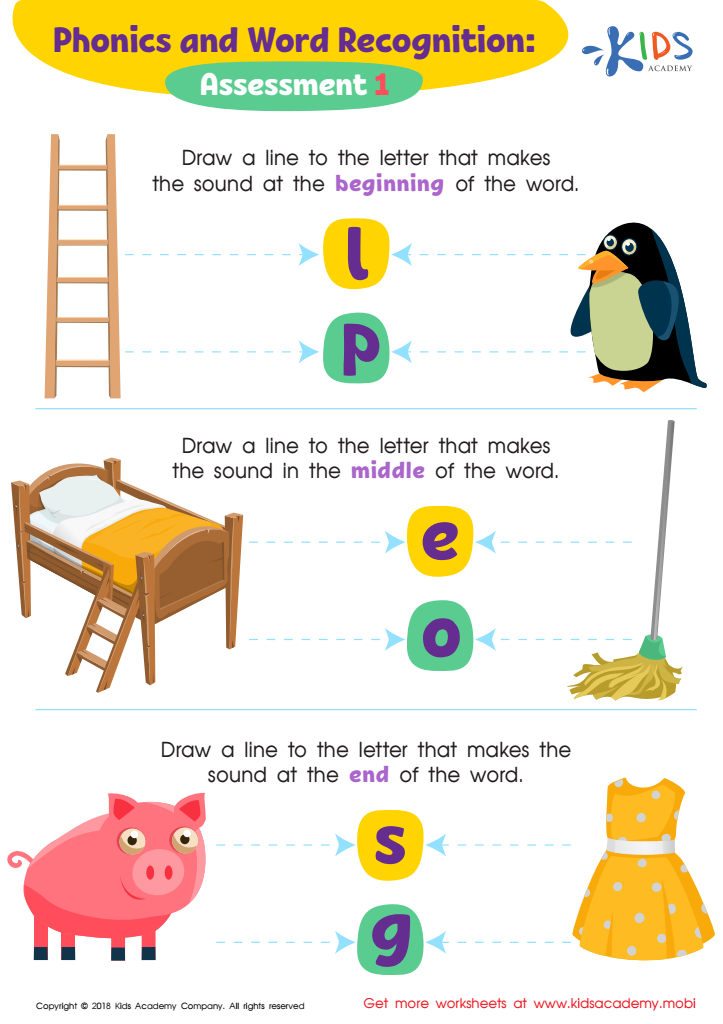

Phonics and Word Recognition: Assessment 1 ELA Worksheet
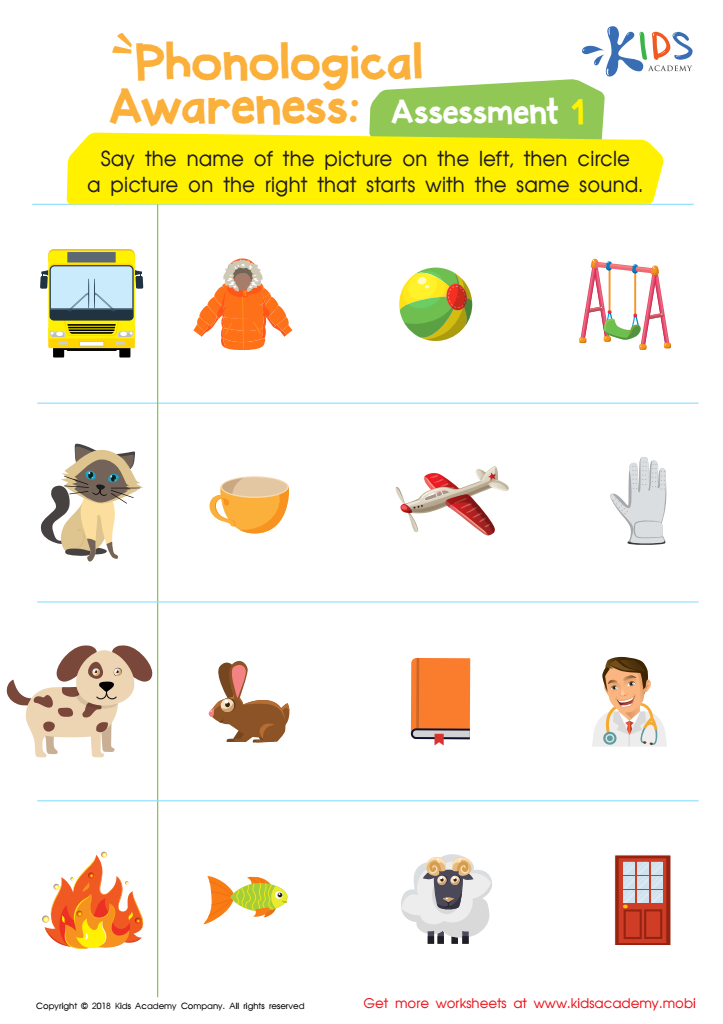

Phonological Awareness: Assessment 1 Worksheet
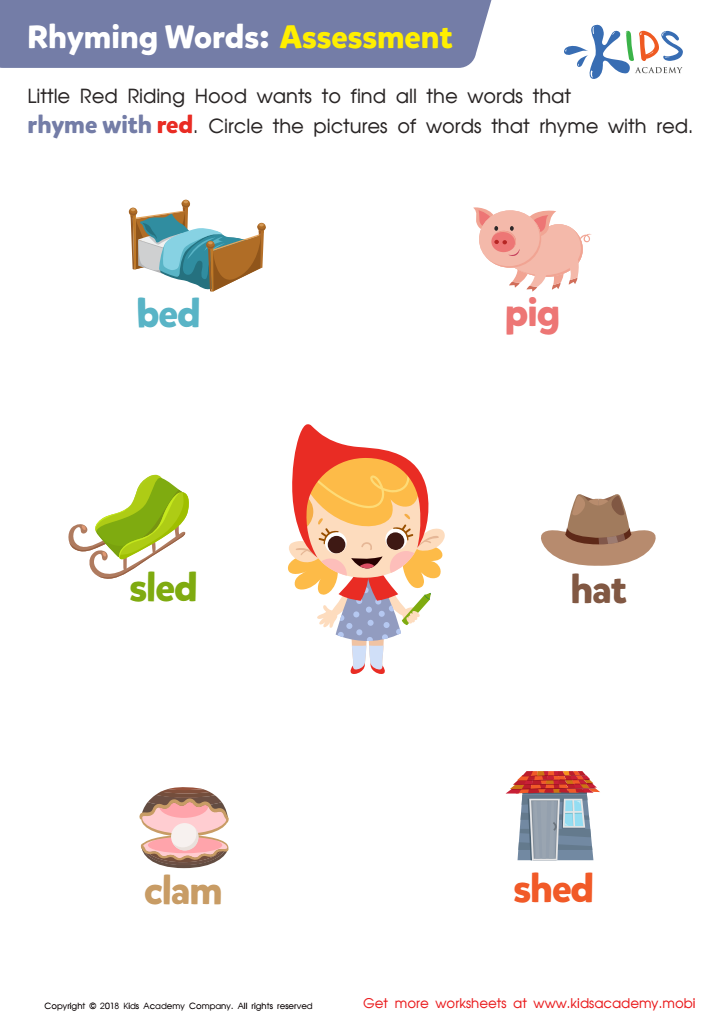

Rhyming Words: Assessment Worksheet
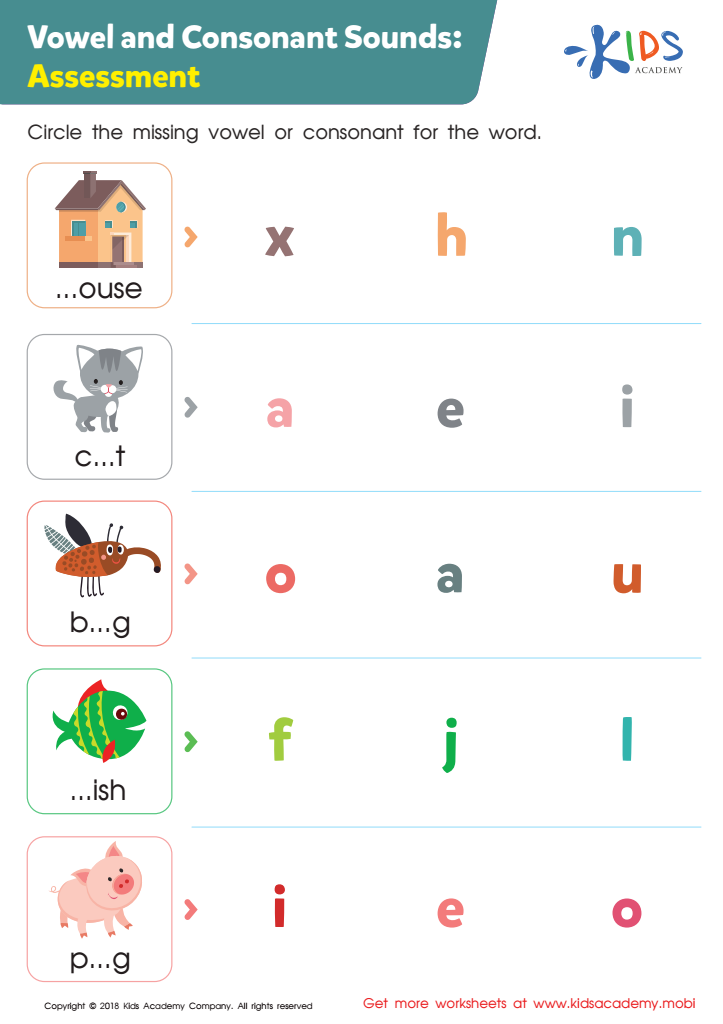

Vowel and Consonant Sounds: Assessment Worksheet
Normal Alphabet worksheets activities stand as a crucial cornerstone in the foundational education of young learners. These activities are not mere tasks; they are instrumental in introducing children to the world of letters, setting the stage for a lifetime of literacy skills. By engaging in Normal Alphabet worksheets activities, children embark on their first steps towards reading and writing, essential skills for academic success and effective communication.
Firstly, these activities foster letter recognition, a fundamental skill that serves as the foundation for reading. Through repeated exposure to the alphabet in various forms and contexts, children learn to differentiate between the letters, a process crucial for reading fluently. The engagement with these worksheets helps solidify their understanding, making the connection between the visual symbols and their corresponding sounds more robust.
Secondly, Normal Alphabet worksheets activities improve fine motor skills and hand-eye coordination. As children trace letters, write them out, or engage in activities like matching letters to pictures, they enhance their ability to control pencils and crayons, which is essential for handwriting. This practice not only helps in developing neat handwriting but also supports other areas of learning that require fine motor skills.
Moreover, these activities are versatile and can be tailored to meet the individual needs of each learner, accommodating various learning styles. Whether a child learns best through visual representation, auditory cues, or kinesthetic activities, Alphabet worksheets can be modified to ensure that every child finds the learning process engaging and beneficial.
Finally, Normal Alphabet worksheets activities promote cognitive development by encouraging problem-solving and critical thinking. As children engage with more complex worksheets, they learn to tackle challenges, such as identifying the missing letter in a sequence or matching upper case letters to their lower case counterparts, thus enhancing their cognitive flexibility and problem-solving skills.
In conclusion, Normal Alphabet worksheets activities are indispensable in early childhood education. They lay the groundwork for literacy, bolster fine motor skills, cater to diverse learning needs, and stimulate cognitive development, making them an invaluable tool for fostering a love for learning and a strong educational foundation in young learners.

 Assign to My Students
Assign to My Students


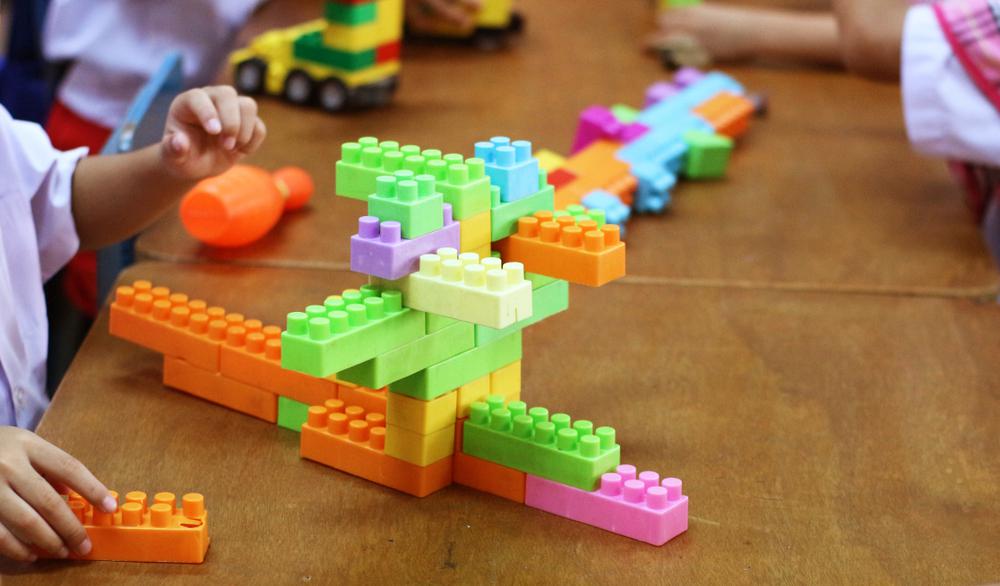




.jpg)








